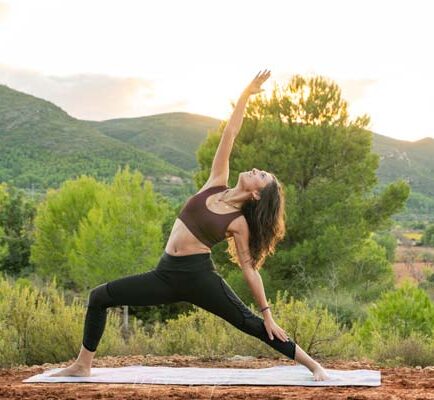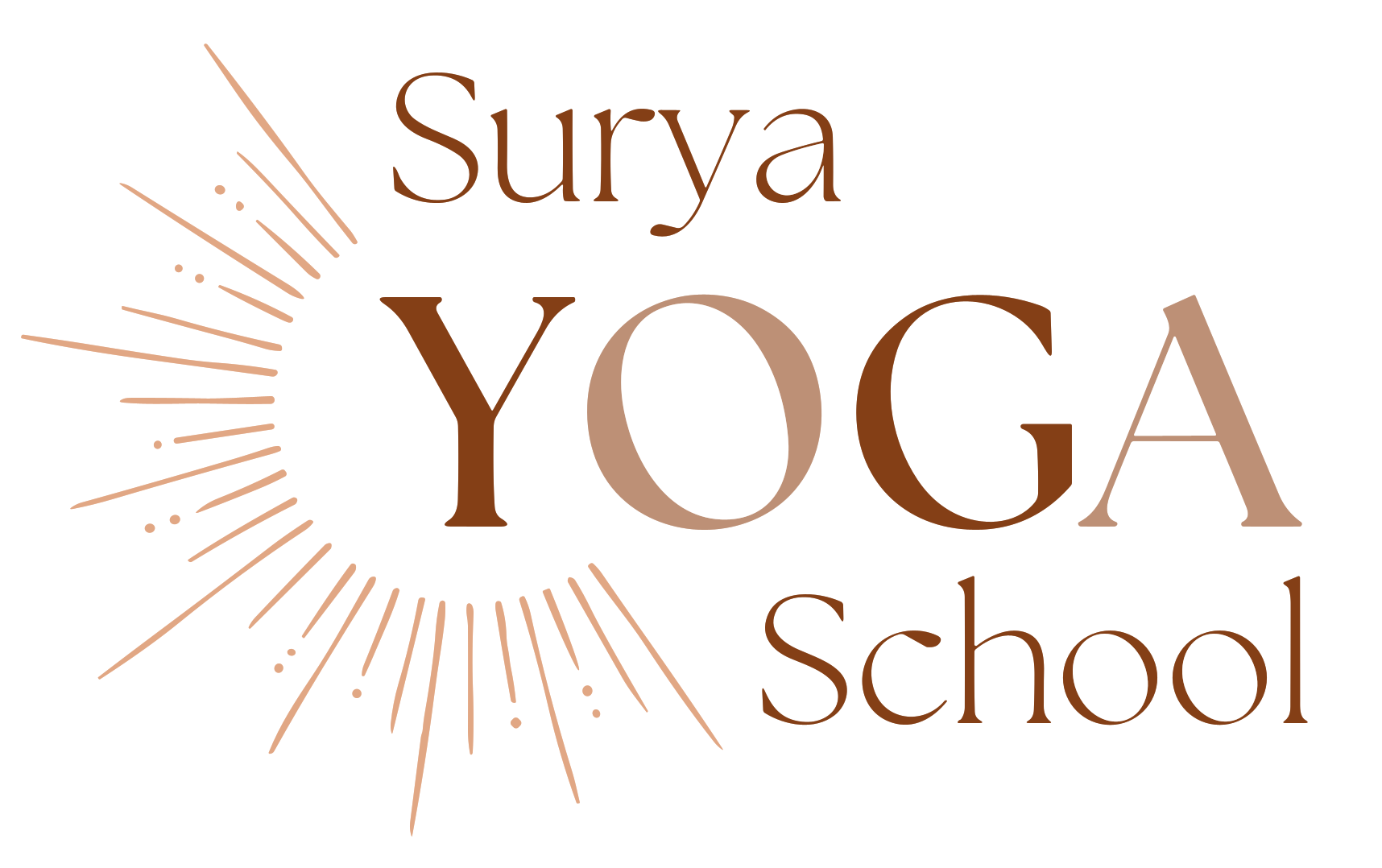Main yoga styles explained
Yoga styles
Main yoga styles explained
What yoga styles are there? What are the differences among the main yoga styles? Which yoga style suits you best?
Here you will find a list of the main yoga styles explained with their origins and features.
yoga styles explained
Hatha
Hatha Yoga is not just a style, it is THE style from which other styles have been developed. It is one of the most traditional and popular yoga styles, involving a static practice of asanas focused on alignment. The emphasis is on the balance between body and mind, with a focus on the balance between strength and flexibility, as well as prana expansion (through pranayama). Hatha Yoga uses asanas (postures) and pranayama to purify the body and calm the mind. While Hatha Yoga has its roots in ancient yoga texts, its development and systematization are attributed to the yogi Swatmarama in his work “Hatha Yoga Pradipika” in the 15th century.

Tantra
Tantra literally means “technique”. It originates from the ancient tantric traditions of India. Unfortunately, in the western world it has been often exclusively associated with sexual practices, due to its focus on expanding consciousness through the union of masculine and feminine energies (Shiva and Shakti). However, Tantra Yoga is a much broader and deeper system of spiritual practices. This yoga style focuses on energy and expanding consciousness. Therefore, in the physical aspect of asanas, we focus on feeling the energetic body after each asana or pranayama. The asanas are held for longer periods. It is a style of nonduality. Asanas, pranayamas, mantras, shatkriyas or shatkarmas, yantras, yagnas, and rituals are commonly used.
Yin
A slower and more passive style where the asanas are held for long periods, typically 3 to 5 minutes, without engaging the muscles. Yin Yoga is a relatively modern form of yoga compared to some of the older traditional yoga practices. It is believed that Yin Yoga originated in the 1970s. It was developed by yoga expert and artist Paulie Zink, who combined elements of traditional yoga practices with influences from Taoism and Chinese medicine. However, Yin Yoga as it is known today was popularized through the contributions of Paul Grilley and Sarah Powers in the 1990s and 2000s. Paul Grilley, a student of Paulie Zink, and Sarah Powers, a yoga and meditation practitioner, developed and promoted Yin Yoga, emphasizing the importance of holding passive yoga postures for longer periods (typically 3 to 5 minutes or more) to target deeper layers of connective tissue and promote flexibility and deep relaxation.
Vinyasa
A fluid style where transitions between asanas are created, flowing from one to another, usually with repetitions of what is known as “vinyasa” (chaturanga, upward-facing dog, downward-facing dog). Vinyasa Yoga is a form of yoga that developed in the late 20th and early 21st centuries. Although it has its roots in traditional yoga and draws inspiration from different yoga styles, its systematization and popularization as a specific style of yoga occurred more recently. The term “vinyasa” refers to the coordination of movements with breath, involving a smooth flow from one posture to another in sync with inhalation and exhalation.
Ashtanga
Ashtanga yoga (Ashtanga vinyasa yoga) is a dynamic and athletic style that follows a predefined sequence of postures practiced at a fast and fluid pace. Ashtanga Yoga, as we know it today, originated in the 20th century and is primarily attributed to Sri K. Pattabhi Jois (1915-2009). Pattabhi Jois was an Indian yoga master who systematized and popularized this style of yoga worldwide. Ashtanga Yoga is characterized by its emphasis on a series of sequenced postures performed in a specific order, along with the practice of ujjayi breathing and bandha (energy locks).
Kundalini
Kundalini Yoga, as we know it today, originated in the 20th century thanks to the work and teachings of Yogi Bhajan, an Indian spiritual master and yogi who introduced and popularized Kundalini Yoga in the West. His approach included a combination of yoga postures (asanas), breathing techniques (pranayama), purification techniques (kriyas), chanting of mantras, and meditation, all designed to awaken and elevate the Kundalini energy believed to reside at the base of the spine. While Kundalini Yoga is considered a modern form of yoga, it is influenced by ancient traditions of tantra and hatha yoga, as well as the spiritual and philosophical teachings of Kundalini.
Iyengar
Iyengar Yoga takes its name from its founder, B.K.S. Iyengar, who developed this style of yoga in the 20th century. Iyengar Yoga is characterized by its detailed focus on the execution of postures and meticulous attention to anatomical aspects and body alignment using yoga props.
Sivananda
Sivananda Yoga originated in the 1950s. It is based on the teachings of Swami Sivananda Saraswati and was popularized by his disciple, Swami Vishnudevananda. This style of yoga follows a specific class structure that includes postures (asanas), breathing exercises (pranayama), relaxation (savasana), healthy diet, and positive thinking/meditation. It is characterized by its holistic approach and is known for being a gentle and accessible style for practitioners of all levels.
Aerial yoga
Aerial Yoga is a more modern style of yoga where the asanas are performed on a yoga hammock or swing, floating in the air or using the floor. Back in the 1970s, the great master BKS Iyengar incorporated some asanas using ropes placed against the wall. These facilitated correctly adopting very difficult postures. Later, it was Iyengar’s disciples who truly promoted what is known today as aerial yoga. There’s also the “antigravity” style and yoga on the swing, all similar in nature.
Acroyoga
Acroyoga is a contemporary form of yoga that combines acrobatics, yoga, and Thai massage. Although its roots can be traced back to various ancient traditions, the modern practice of Acroyoga as we know it today originated in California, United States, in the early 21st century. The founders are Jenny Sauer-Klein and Jason Nemer, who began developing and teaching this form of yoga around the year 2003. Their approach was based on combining elements of yoga, acrobatics, and Thai massage to promote connection, trust, and fun in partner yoga practice. This practice is typically done in pairs or groups of three, with one person assuming the role of the base (providing support), another as the flyer (performing the acrobatics), and the other as the spotter (someone who watches over the flyer in case of a fall or loss of balance). Acroyoga is distinguished by its emphasis on communication, trust, cooperation, and fun.
Brikram
Bikram or hot yoga is a style of yoga that originated in the 1970s. It was created by Bikram Choudhury, a yogi and guru from India who developed this form of yoga based on a specific series of 26 postures and two breathing exercises. Bikram Choudhury established a teaching system and a fixed sequence of postures that are performed in a room heated to a temperature of around 40 degrees Celsius with high humidity.
yoga styles explained
Now that you know about the main characteristics of the different yoga styles, our advice is that you try them out. The actual practice is the only way to see if a style is for you. We highly recommend that you try the same style with more than one teacher, because the feeling you get during the practice can be completely different.
And the most important thing: THERE IS ONLY ONE TYPE OF YOGA, these are only styles.
